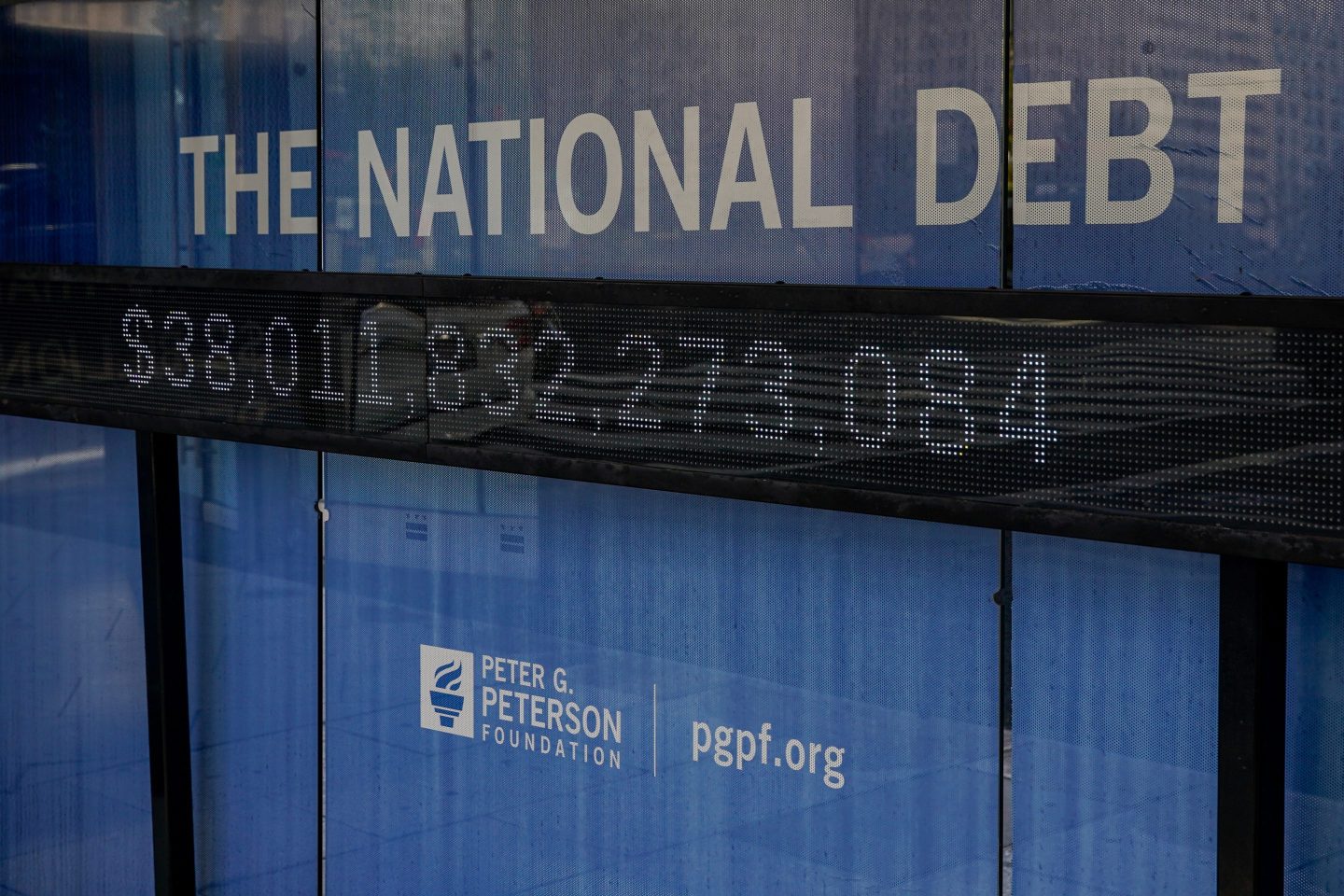Gen Zers were raised on an American Dream that’s slowly disappearing from view. They followed in the footsteps of their parents, who were once told that excelling in school and landing a spot at a top college would lead to success, a house, and a six-figure career—but broadly speaking, that’s no longer the case. People are pointing fingers at universities, demanding that they ease costs and provide students with the skills they need to find jobs.
Seven in 10 Americans say the U.S. higher education system is heading in the wrong direction, according to recent data from the Pew Research Center. It’s up from only about 56% of Americans who said the same in 2020, signaling growing discontent over tuition costs and the ability of colleges to set pupils up for gainful employment.
Simultaneously, the study notes, the Trump administration is cracking down on elite U.S. universities. Earlier this month, nine schools—including Brown, Dartmouth, MIT, University of Virginia, and Vanderbilt—were sent a document titled “Compact for Academic Excellence in Higher Education.” It asked schools to pledge allegiance to conservative values and policies, or risk losing their federal funding. The policies instruct colleges to prohibit factors such as gender or race from being considered in admissions decisions; give free tuition to students pursuing “hard sciences”; maintain bipartisan neutrality; and cap international undergraduate enrollment at 15%.
Colleges have since pushed back, with Harvard even taking the issue to court. But others didn’t come out unscathed; a University of Virginia president resigned under political pressure, while schools such as Brown and Columbia chose to strike deals with the White House.
While universities are starting to fess up to their shortcomings, they argue the government’s interference could threaten America’s academic freedom. But as it turns out, disappointment over the state of American colleges transcends party lines. About 77% of Republicans and 65% of Democrats say U.S. higher education is heading in the wrong direction, up from 66% and 49% in 2020, respectively. The real culprits of America’s education problem may be skyrocketing tuition and lack of entry-level opportunities—pushing new Gen Z graduates into blue-collar careers.
Tuition costs are soaring, and entry-level jobs are disappearing
Americans have a bone to pick with colleges, as Gen Z graduates are leaving school with crushing student loans and a lack of job opportunities.
Around 55% of Americans gave colleges and universities poor ratings when it comes to prepping students for well-paying jobs in the current labor market, according to the Pew data. About 52% also rate the schools poorly in giving financial assistance to students who need it, and 49% say colleges aren’t adequately developing pupils’ critical thinking and problem-solving skills. This is having a real-time impact on Gen Z’s careers.
With tuition costs soaring, many young people are forced to take on debt—or ask their parents to do the same—in order to attend school. The average Gen Zer carries more than $94,000 in personal debt, according to a Newsweek poll, compared with millennials owing roughly $60,000, and Gen Xers $53,000. Earlier this month it was reported that Gen Z saw the steepest annual credit score drop of any age group since 2020. Their average FICO credit score slipped three points to 676, according to the report—39 points lower than the national average of 715.
Gen Zers could pay off their dues by landing high-paying jobs, but those are in short supply. AI is increasingly automating roles traditionally reserved for entry-level workers, or those fresh out of college, locking Gen Z out of stepping-stone jobs essential for career success. As of July, 58% of students who graduated from college in the past year were still trying to find stable work, compared with 25% of millennials and Gen Xers who faced the same issue. And they’re losing prospects at some of the most sought-after employers; hiring for new graduates among the 15 largest tech companies fell by over 50% since 2019, according to VC firm SignalFire.
The Gen Z blue-collar wave
Gen Z is searching for professional refuge as AI continues to sweep corporate workplaces—and many have found shelter in blue-collar work.
About 78% of Americans have noticed a rising interest in trade jobs among young adults, according to a 2024 Harris Poll survey forIntuit Credit Karma. Many of these roles, from carpenters to electricians, offer the ideal of being your own boss while making good pay. It gives Gen Z workers a chance to skip college and still make six-figures without being burdened by student loans.
Enrollment in vocational-focused community colleges also jumped 16% last year, reaching the highest level since the National Student Clearinghouse began tracking the data in 2018. And certain professions were catching young workers’ eye; there was a 23% surge in Gen Z studying construction trades from 2022 to 2023, and a 7% hike of participation in HVAC and vehicle-repair programs. Even more opportunities are on the horizon, as 3.8 million new manufacturing jobs are expected to open up by 2033, according to research from Deloitte and the Manufacturing Institute.
Even major business leaders are witnessing the trend firsthand. Ford CEO Jim Farley revealed his son didn’t follow in his C-suite footsteps, opting to instead work as a mechanic this past summer. He said his kid questioned why he even needs to go to college when he could take up a blue-collar job and be part of an “essential economy,” according to Farley.
“Should we be debating this?” Farley recalled discussing with his wife, adding that it’s a conversation stirring in many American households. “It should be a debate.”












